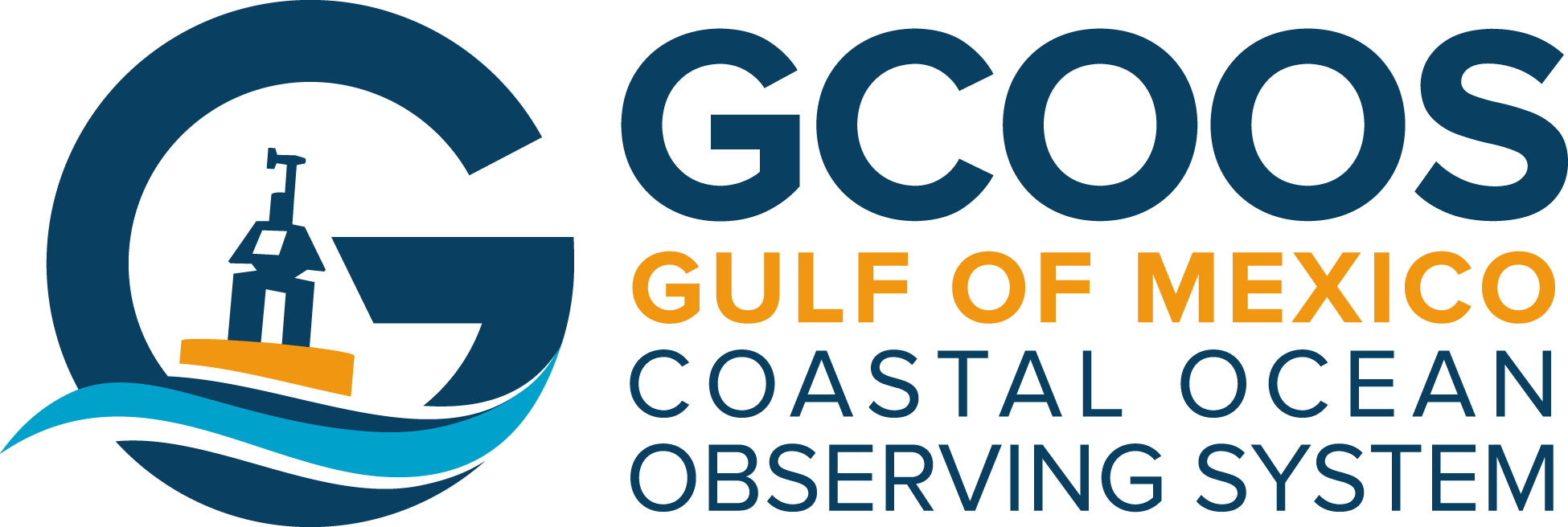Newswise — A new special issue of the journal Harmful Algae that compiles five years of research studies about red tide in the Gulf of Mexico recommends state and federal funding support to maintain and expand the ability to predict and track the movements of these harmful algal blooms.
Red tides occur naturally in the Gulf of Mexico. They’re caused by a higher-than-usual concentration of Karenia brevis, a microscopic organism with toxins that can kill fish and other marine species, make shellfish toxic and cause respiratory illness in humans. Blooms typically begin 10-40 miles offshore and, when they move into coastal zones, can significantly impact human health and cause millions of dollars in economic losses to coastal regions.
Dr. Cynthia Heil, Senior Research Scientist at Bigelow Laboratory for Ocean Sciences in Maine (and formerly of FWC’s Fish and Wildlife Research Institute) co-edited the special issue of Harmful Algae and was lead author in the paper recommending sustained and increased funding for monitoring. “This special issue of Harmful Algae really explores the complexities of the K. brevis organism, its environment and the difficulties associated with predicting the initiation and movements of blooms. Right now, we have few options for controlling or reducing red tide blooms, so we have to focus on how we can help communities mitigate the impacts. But we can’t get coastal residents prepared if we don’t know where red tides are, if they are moving or when they might impact a particular area. That’s why coastal ocean observing systems are so important.”
For 10 years, members of the Gulf of Mexico Coastal Ocean Observing System Regional Association (GCOOS-RA) have been developing, deploying and maintaining instrumentation that has helped uncover many of the new findings reported in Harmful Algae about K. brevis. But more needs to be done, said Dr. Barbara Kirkpatrick, Executive Director of the GCOOS-RA.
“Thanks to research conducted by organizations like FWC’s research institute, Mote Marine Laboratory, the University of South Florida and many other institutions, we know much more about how red tides form and the nutrient sources needed to maintain them,” Kirkpatrick said. “We’re now at the point where operational forecasts about bloom movements are being made. That’s really a huge milestone and an important step in allowing coastal communities to prepare for red tides. However, our monitoring capabilities are still very limited in scope.”
The coastal ocean observing assets now in place in the Gulf of Mexico that are used to predict and monitor for red tide blooms include teams of scientists conducting regular water sampling, research cruises, autonomous underwater vehicles outfitted with red tide detectors, moorings, beach conditions reports, satellite imagery, high-frequency radar (HFR) and the West Florida Coastal Ocean Model. This information is gathered and available at the GCOOS-RA data portal, which has helped researchers at various institutions easily share data and increase their ability to collaborate on research.
“But these systems don’t even cover Florida’s entire Gulf Coast, let alone many key areas in other Gulf of Mexico states that can be impacted by blooms,” Kirkpatrick said. “The current bloom off Florida’s coast is a great example of what our current capabilities are and also showcase what we need.”
In July, the Collaboration for the Prediction of Red Tides — a partnership between the University of South Florida (USF) and Florida’s Fish and Wildlife Research Institute (FWRI) — used satellites, moorings and a numerical circulation model to provide information about the possible formation of a bloom more than 40 miles offshore of northeast Florida. FWRI, working in partnership with USF and Mote Marine Laboratory, deployed a team to collect water samples and sent autonomous underwater vehicles out to the West Florida Shelf to confirm that a bloom was indeed occurring.
But throughout much of August and September, the bloom was north of Tampa Bay — an area with very few coastal observing capabilities in place. “The research teams were able to adjust assets to new locations in order to continue monitoring and predicting the bloom's movements, but it really illustrated the need to expand our capabilities and make sure that assets are already in place,” Kirkpatrick said. “At GCOOS, we've been championing the need for a major expansion of observations including high-frequency radar, moorings and gliders in the Gulf of Mexico, as a cost-effective way to gain more information about the currents in three dimensions, along with wave heights and winds. That would give us an increased ability to forecast where a red tide bloom might be moving so that we can protect public health and coastal economies.”
